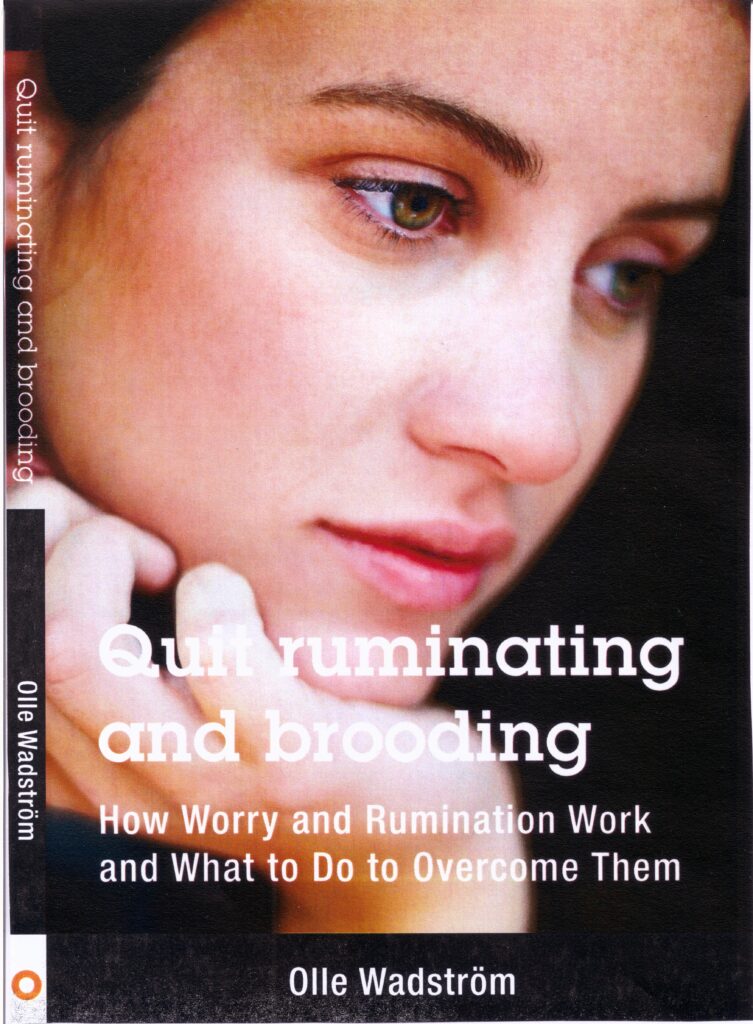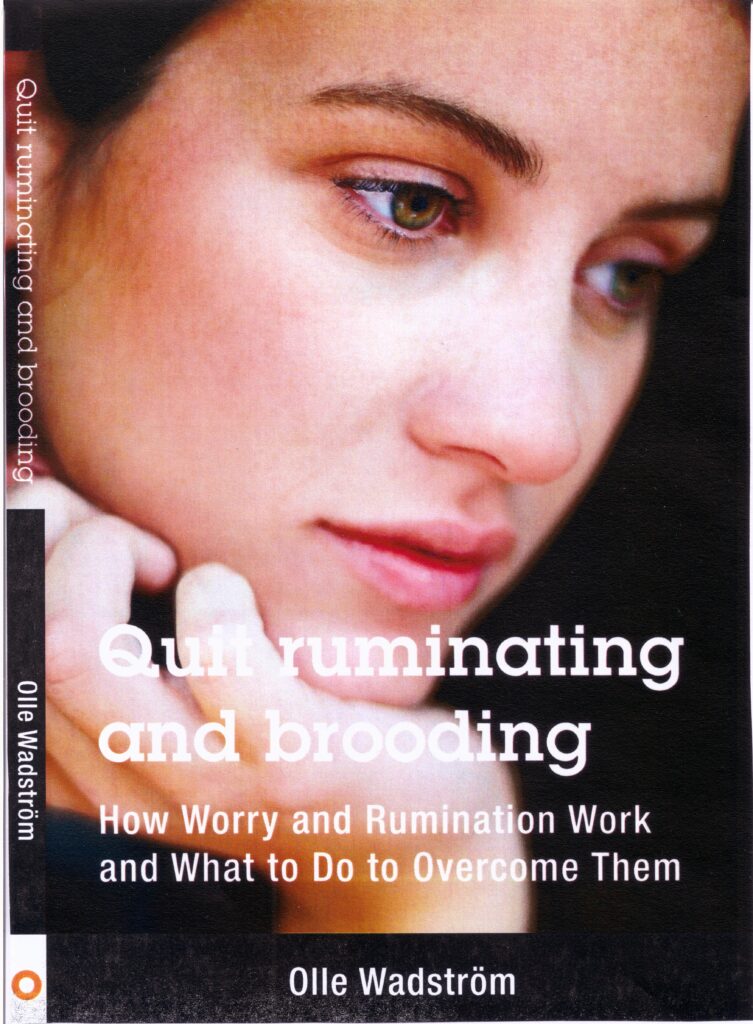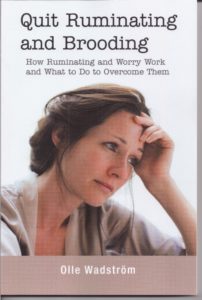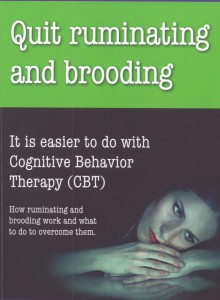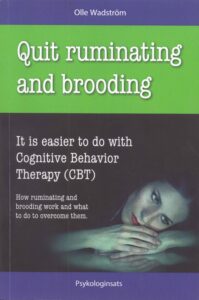 The other type, the comforting thoughts calm, reassure, and provide clarity, certainty or comfort. In terms of content and function they are the opposite of discomforting thoughts. They temporarily decrease the amount of discomfort. Rather than frightening, these thoughts are used to find explanations, solutions, remedies, and counteractions to the danger, convincing evidence or ways out of the situation. These thoughts are pleasant and provide comfort.
The other type, the comforting thoughts calm, reassure, and provide clarity, certainty or comfort. In terms of content and function they are the opposite of discomforting thoughts. They temporarily decrease the amount of discomfort. Rather than frightening, these thoughts are used to find explanations, solutions, remedies, and counteractions to the danger, convincing evidence or ways out of the situation. These thoughts are pleasant and provide comfort.
Comforting thought belong to the category of behaviors referred to as “safety behaviors”. Safety behaviors are the behaviors which make us momentarily feel ease and comfort. Comforting thought are invisible safety behaviors which at least give a temporary pleasant and calming feeling.
A few examples of thoughts that comfort with calm, explanations and assuredness
If I did have cancer, the doctor would have noticed it at my last check-up.
Doctors are good at detecting cancer in people, so I can be calm.
I have passed all the previous exams, so why would I not pass this one?
I am not the biggest idiot in the group. Jocke often screws up.
He probably asked me about that because I knew something similar the last time we talked, not because I looked strange.
She probably likes me.
The boss did not look my way when he was complaining. Was that really a sneer? She was smiling at Kalle as well.
Nobody else gets AIDS from the door handle, so it should be safe for me as well.
Of course he loves me and the children otherwise he would have left us…
But I have never hit anyone with the car before, so why would I do it now?
The meaning of life is to serve God.
If I were going insane I would not be thinking like this. Those who are really insane do not realize it.
If I did hit anyone with my car, other drivers would have noticed the victim and taken them to a hospital.
Of course I am a good mother and worker, but everyone has a hard time making everything work all the time.
I never did anything to him, so why should he be mad at me?
A characteristic of comforting thoughts is that they always provide some comfort and some calm. The calming thoughts can be logical, but they can also be unrealistic fantasies and pure wishful thinking. You think about how things might go or how they could have went. They can be fantasies of sort, or daydreams that give some temporary feelings of well-being in a situation that is perhaps hopeless or unsolvable.
I hope that mean idiot dies.
They will soon find out what type of person he is, and then they will regret not giving that job to me.
If I win a million, then I will…
A characteristic of comforting thoughts is that they at least give some temporary comfort or feel somewhat calming at the moment.
This is an exerpt from the book Quit Ruminating and Brooding by Olle Wadstrom. Comments and discussions are encouraged.
The book is available in two similar versions. Please choose the green and black version. AuthorHouse (the white version) keep my legally earned royalty to themselves, because of a self-imposed rule.

